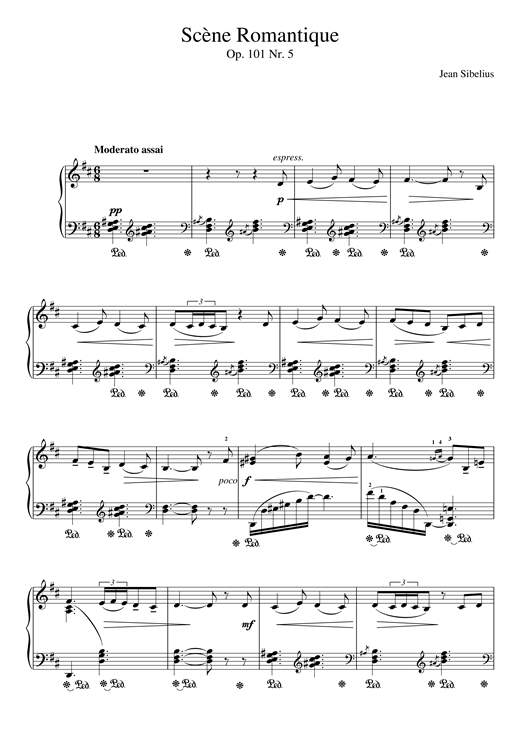

Time constraints prevented Beethoven from writing down the solo part in time for the first performance. Perhaps fearing this program would not prove substantial enough, Beethoven also included his First Symphony. 2, and the oratorio Christ on the Mount of Olives. The over-ambitious program actually featured three premieres: the Piano Concerto No.

Ludwig van Beethoven began working on this concerto in 1796, composed most of it in 1800, and continued tinkering with it until the day of its premiere at one of his subscription concerts. Instrumentation: Solo piano, 2 flutes, 2 oboes, 2 clarinets, 2 bassoons, 2 horns, 2 trumpets, timpani, and strings Most recent Oregon Symphony performance: September 30, 2013, conductor Carlos Kalmar and pianist Jeffrey Kahane Beethoven conducted from the piano at the Theater an der Wien.

Dedicated to Prince Louis Ferdinand of Prussia perhaps a shade too solemn, but a composer is entitled to his own thesis.” Noting Barber’s affinity for literature, another critic dubbed him the “musical American Shelley.”Ĭomposer: Born December 16, 1770, Bonn died March 26, 1827, Vienna worked out with economy of knowledge and assurance. In one review of the Second Essay, a critic said of Barber, “In a short space he creates and sustains a mood. But I’ve taken the attitude that it is better to continue in one’s job tutta forza until one’s draft board decides otherwise.” About the Second Essay itself, Barber said, “Although it has no program, one perhaps hears that it was written in war-time.” “I have been composing very hard,” he wrote to poet Katherine Garrison Chapin, “and my music has been going so well that it seems incongruous for times such as these. Barber develops these three themes by juxtaposing fragments from each and deftly layers rich orchestral timbres, like a painter daubing one color over another.īarber completed the Second Essay on March 15, 1942. more or less elaborate in style, though limited in range.” Barber’s Second Essay explores three themes, the first introduced by solo woodwinds, the second by the violas (parts of this theme suggest John Williams’ music from the blockbuster film Harry Potter and the Sorcerer’s Stone), and the third, a fugue of brasses and woodwinds. Barber’s three Essays for Orchestra are essentially musical treatments of literary genres.Īn essay, in Barber’s words (he used the Oxford English Dictionary definition), is “a composition of moderate length on any particular subject. A lover of prose and poetry throughout his life, Barber was drawn to a diverse group of writers, including Percy Shelley, James Agee, Emily Dickinson, Rainer Maria Rilke, Pablo Neruda, and James Joyce. The Second Essay for Orchestra, Barber’s response to Homer’s letter, combines Barber’s interest in literature with the composer’s own concerns about the war. Write the greatest thing you possibly can!”

Something like that is going on in civilization. In the autumn of 1940, Samuel Barber’s uncle, composer Sydney Homer, urged his nephew to write a music drama “on the lines of Fidelio, built on sympathy for suffering and with a voice of true eloquence.” Keenly aware of the threatening war in Europe, Homer continued, “They say insects could destroy the world if they were unchecked. INSTRUMENTATION: Piccolo, 2 flutes, 2 oboes, English horn, 2 clarinets (one doubling bass clarinet), 2 bassoons, 4 horns, 3 trumpets, 3 trombones, tuba, timpani, bass drum, cymbals, snare drum, tam tam, and strings MOST RECENT OREGON SYMPHONY PERFORMANCE: JanuChristoph Campestrini, conductor WORLD PREMIERE: Bruno Walter and the New York Philharmonic premiered the Second Essay for Orchestra on April 16, 1942, at Carnegie Hall, on the occasion of the orchestra’s centennial celebration. COMPOSER: Born March 9, 1910, West Chester, PA died January 23, 1981, New York City


 0 kommentar(er)
0 kommentar(er)
